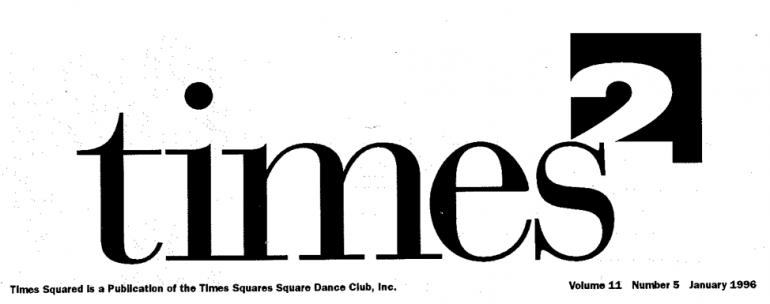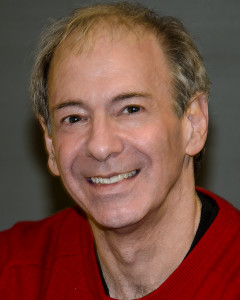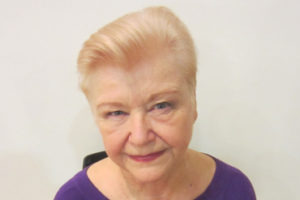Here’s an article from very early in our history when we were dancing to records. I can’t imagine having to dance up to speed from the very beginning. Or that you’d have to go back to the beginning of the record every time you broke down.

Since most professional square dance callers reside in suburbs and small towns, we mainly dance to recorded calls by “name” square dance callers. For the past year we have relied on Evan Schwartz, Dick Scott and, for Plus, Ken Pollack, to sort through the mass of square dance records in the club library and put together a coherent evening of dancing each week. While most of us dancers may take the music for granted, a great deal of thought and planning goes into each program. Putting together an evening of dancing usual requires about three hours. The first selections are generally easier warm-up dances followed by calls with more challenging combinations until later in the evening, as dancers tire the pace eases, sometimes ending with a few familiar old favorites. In selecting the program, the DJs also look for balance and variety so that most of the calls we know come up at some point in the evening. They also check each selection to see if there are any particularly tricky sequences than they want to point out to us before we start to dance.
Putting together a Plus program requires somewhat less time since there are fewer selections available. While Plus is a more advanced level of dancing there are actually many more challenging Mainstream combinations available on record. That is one of the reasons why an evening of recorded Mainstream dancing can be just as much fun – and or satisfying to get through without a breakdown – as dancing at the Plus level



